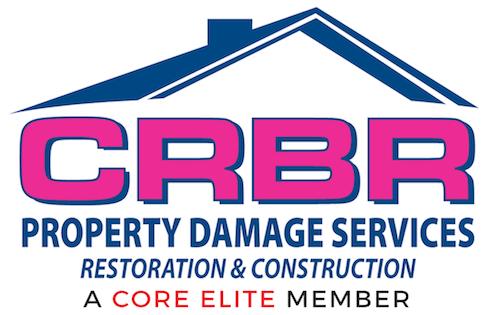Fact: A single toilet overflow cleanup event can release over a gallon of water every minute, spreading contaminants across your bathroom.
When a toilet backs up, it’s more than a mess—it’s a health hazard. Yuba City homeowners need a clear, calm plan to stop the spill, clean thoroughly, and prevent hidden damage. Here’s how to tackle a toilet overflow step by step, using common tools and easy-to-find supplies.
-
Shut Off the Water Supply
Locate the shut-off valve behind the toilet and turn it clockwise until the flow stops. If that valve sticks, cut power to the bathroom and close your main water line break valve to prevent more water from fueling the overflow.
-
Protect Yourself and the Floor
Put on rubber gloves and boots. Spread old towels or plastic sheeting from the tub to the door to stop water from soaking into hallways. If the overflow mixed with sewer water, wear a face mask to avoid pathogens that require professional sewage removal & cleanup.
-
Extract Standing Water
Use a wet/dry vac or soak up water with towels and a mop. Press towels into corners and behind the toilet base. A strong water extraction & removal pump or shop-vac makes this fast—avoiding prolonged floor water damage.
-
Disassemble and Clean the Bowl
Turn the fill valve back on briefly to flush out residual matter into the bowl. Then turn it off again. Scrub the bowl with a toilet brush and disinfectant. Pour cleaner around the trap and let it sit five minutes before a second flush to clear bacteria.
-
Sanitize Affected Surfaces
Spray floors, baseboards, and walls with a bleach solution or EPA-approved disinfectant. Scrub grout and cracks, then rinse with clean water. This step ensures lingering germs don’t cause odors or surface damage that leads to later mold removal & cleanup calls.
-
Check Caulking and Seals
Examine the bead of caulk where the toilet meets the floor. If water penetrated beneath, pull out old caulk with a utility knife, clean the gap, and apply a fresh silicone bead. Proper seals protect subfloors from hidden moisture that demands future emergency water restoration.
-
Dry Thoroughly
Turn on exhaust fans, open windows, and place a fan near the toilet aimed at the floor. Keep the area ventilated until you feel no residual dampness—usually 2–3 hours. This prevents warped flooring or paint peeling down the road.
-
Inspect for Hidden Damage
After drying, look for soft tiles, warping vinyl, or stained grout beyond the toilet perimeter. Minor issues you can patch now; deeper damage under tile may need professional water damage restoration. Early spotting saves you a larger repair bill.
-
Prevent Future Overflows
Install a high-capacity fill valve or an adjustable float to stop the bowl from overfilling. Place a small water alarm at the toilet’s base—when it senses splashes, it alerts you before water reaches beyond the bathroom.
-
Keep an Emergency Kit Handy
Store gloves, disinfectant, towels, and a portable extractor under the sink. Having tools at the ready means you’ll handle any overflow quickly—confidently preventing long-term damage and health risks.
By following these simple steps—shutting off water, extracting and disinfecting, resealing, and drying—you’ll manage toilet overflows like a pro. No panic, no guesswork, just a safe, sanitary bathroom ready for whatever comes next.
